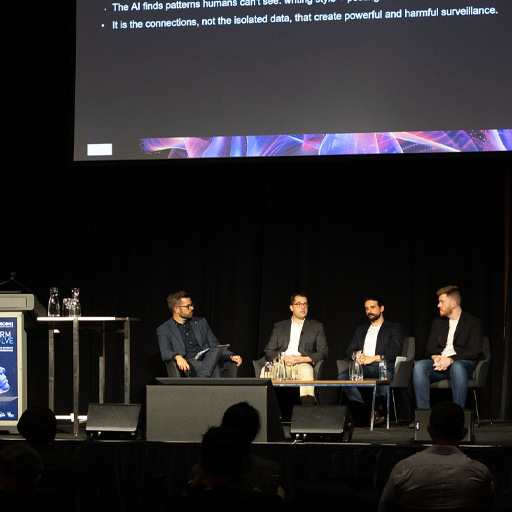Thoughtworks (NASDAQ: TWKS), a global technology consultancy that integrates strategy, design and engineering to drive digital innovation, today released volume 31 of the Technology Radar, a biannual report informed by Thoughtworks’ observations, conversations and frontline experiences solving its clients’ most complex business challenges.
This volume spotlights the proliferation of generative AI tools, platforms and frameworks that are emerging to help developers build them not only more effectively but also more responsibly. Being able to control the ‘context window’, for instance, or get structured outputs can minimise the well-documented risks of using generative AI and, ultimately, help put organisations in a stronger position to leverage generative AI successfully.
While this growing landscape of generative AI tools offers significant benefits to practitioners, navigating its depth and breadth poses a challenge. As a result, Thoughtworks advises organisations to reflect on the specifics of their own use cases — particularly the objectives and potential risks — when considering which to adopt. What’s more, leveraging these tools needs to be done alongside trusted and proven engineering practices that can help ensure high reliability and quality.
“While generative AI and LLMs dominated our Technology Radar discussions as anticipated, the rapid advancement of AI-adjacent tools, techniques and frameworks from trial to adoption was a notable development in productionising AI solutions,” said Rachel Laycock, Chief Technology Officer, Thoughtworks. “While organisations are finding a staggering number of AI tools to use for real world problems, it’s important to assess them in the traditional model of good engineering practices in order to drive adoption of AI that is safe, transparent and reliable.”
Highlighted themes in Technology Radar volume 31 include:
- AI usage antipatterns: While AI can be a powerful asset, it’s important to watch out for pitfalls such as overreliance, code quality issues and codebase bloat. It’s essential to maintain human oversight and strong engineering practices to ensure that AI complements rather than complicates development efforts. By adopting a balanced approach, organisations can harness the full potential of generative AI while mitigating its risks.
- Rust is anything but rusty: This language’s popularity is evident in the growing number of Rust-based tools and libraries across various ecosystems. Rust’s ability to deliver ‘blazingly fast’ execution and reduced pitfalls makes it a compelling choice. The strong ecosystem and developer community further solidify Rust’s position as a leading systems programming language.
- The gradual rise of WebAssembly (WASM): WASM, a low-level binary format for a stack-based virtual machine, offers a powerful way to run complex applications within web browsers. By leveraging existing JavaScript virtual machines, WASM enables developers to create sophisticated, portable and cross-platform applications while reducing infrastructure costs. Given that this technology has been available for some time, we were surprised how often it came up in this edition’s discussions, possibly signaling that WASM is poised to break out and unlock new possibilities for developers and businesses.
- Cambrian explosion of the AI-adjacent ecosystem: While AI models continue to advance, the supporting ecosystem of tools, platforms and frameworks has experienced explosive growth. Developers, unable to directly modify core generative AI capabilities, have created a plethora of tools to customise and optimise AI solutions. This rapid innovation mirrors the JavaScript ecosystem’s growth in 2015, suggesting the AI ecosystem’s potential for even greater advancement.
Visit www.thoughtworks.com/radar to explore the interactive version of the Radar or download the PDF version.




